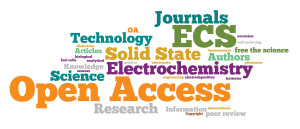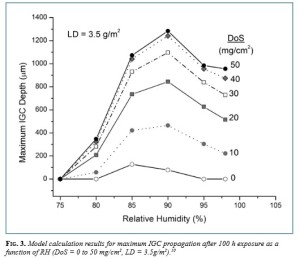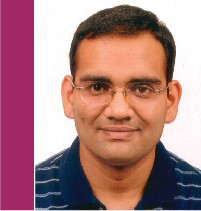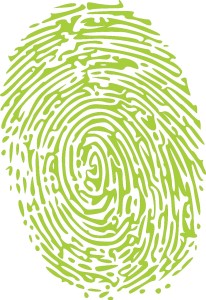 Back in March, I wrote a post gushing about the utility of ORCID identifiers. For those of you who haven’t seen it you can find it here, and for those of you who have seen it, but have yet to sign up, it’s probably time to think about it!
Back in March, I wrote a post gushing about the utility of ORCID identifiers. For those of you who haven’t seen it you can find it here, and for those of you who have seen it, but have yet to sign up, it’s probably time to think about it!
Because everyone likes lists, here’s ECS’s top 5 reasons to register for your ORCID ID today:
1. Differentiate yourself.
Think about how many “J. Smith”s there are in the world. ORCID lets you stand out from the crowd and ensures that your research is appropriately attributed.
2. Names change, affiliations change, e-mail accounts change.
There is little about an individual’s research profile that is static – people find new jobs, change names, or just switch from Outlook to Gmail. No matter what the change is, your professional contacts will be able to find your current information—even if they’re reaching out to you about a paper you wrote four jobs ago or in grad school.


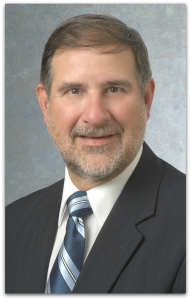
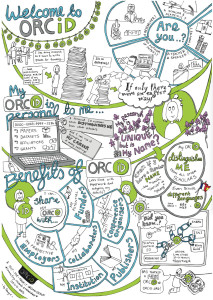

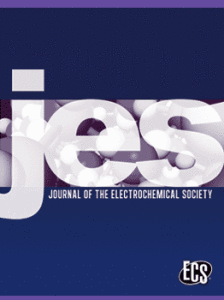 Electrochemical Interfaces in Energy Storage Systems
Electrochemical Interfaces in Energy Storage Systems